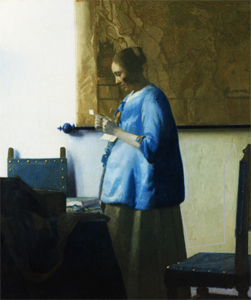
Vermeer's Woman in Blue regains its hue
Japanese tour raised funds to restore cool tones of the Rijkmuseum's portrait
by: Martin Bailey
April 2012--Visitors to the Rijksmuseum will soon be able to see Vermeer’s newly restored Woman in Blue Reading a Letter, 1663-64, when it returns home following a Japanese tour which funded the work’s restoration. A century ago, the critic Jan Veth wrote that “nothing has ever been painted that is more noble and refined than this blue young woman”, but age took its toll and the blue appeared to gradually fade beneath the varnish. The painting has once again regained its colour and is due to be unveiled at the museum on 30 March.
Conserving a painting simply to regain its visual impact is a luxury, but the opportunity came with a Japanese request to borrow the work. Assisted by a substantial fee, the work was done at the Rijksmuseum in 2010, just before Woman in Blue made its first trip to Asia, as part of the touring exhibition “Communication: Visualising Human Connection in the Age of Vermeer”. The show opened in June 2011 in Kyoto before travelling to the Miyagi Museum of Art in Sendai, near the epicentre of the 11 March earthquake. The museum suffered only minimal damage, so the Vermeer exhibition went ahead. The show is now at Tokyo’s Bunkamura Museum of Art until 14 March. Ige Verslype, a conservator at the Rijksmuseum, acknowledges that Woman in Blue had “suffered severely since its conception” following several restorations, the most recent of which was in 1962. Yellowed varnish, discoloured retouching and numerous, tiny paint losses interfered with the original blue hues, delicate details and overall legibility of the work.
The picture was first subjected to a detailed examination, which included taking five minute paint samples. Most of the varnish and retouchings were then painstakingly removed. During the treatment, efforts were made to restore the picture as close as possible to its original condition.
An earlier restoration, probably in 1928, mistook three tiny white spots on the sheet of paper on the tablecloth for pearls—a common accessory in Vermeer’s paintings—and small blobs of yellow were added to highlight them. The recent examination suggested that the white dots represented light reflections on the tablecloth and the yellow overpaint was removed.
Two significant changes to the chair in the right corner were made to correct mistakes made during earlier restorations. An 1894 reproduction of the work revealed that the chair’s leg was originally wider, but it was slimmed down during the 1928 restoration. Conservators examined 17th-century Spanish chairs as well as those depicted in other works by Vermeer and used remnants of the original paint as a guide to make the chair leg wider at the bottom and taper slightly at the top. Conservators also uncovered a row of painted brass nails beneath the seat on the chair's frame which had been overpainted.
Another discovery was the presence of a row of painted brass nails just beneath the seat on the frame of the chair. These had been covered with later overpaint and have now been revealed.
Most dramatic is the removal of the varnish which has restored the work's original cool tones and enhanced its visibility. The change is particularly striking in the area of the blue jacket in shadow. It is now also evident that Vermeer used slightly different shades of blue on the jacket and the chair top. Rijksmuseum director Wim Pijbes describes the transformation as “spectacular”.
Frames
Vermeer’s Woman in Blue reading a Letter (1663-4) has had four frames in the past 170 years. Astonishingly, all survive at the Rijksmuseum—offering a unique opportunity to study the impact of framing on the Delft master’s work.
1839: A neo rococo frame provided by the sons of London dealer John Smith, who traded the Vermeer with Amsterdam banker Adriaan van der Hoop. In 1854 Van der Hoop bequeathed the picture to the city of Amsterdam and since 1885 it has been on loan to the Rijksmuseum.
Late 1940s: The Vermeer was reframed by the museum in a carved wooden frame of about 1700.
Early 1960s: The painting was presented in a French Regency gold frame of about 1710.
1990: The Vermeer was put into a reproduction ebony frame. Gregor Weber, the museum's current head of fine art, says: “The excessive smoothness of the machine-made frame made the painting look like a cheap poster in a photo frame.” Five years later the Vermeer was put back into its Regency frame.
In deciding how to present the newly conserved Woman in Blue, Vermeer’s own taste was studied. Both the framed pictures within his own paintings and the inventory of his estate suggests that he preferred ebony. Weber also feels that a simple 17th-century black frame will work best visually, enhancing the stylistic qualities of Vermeer’s composition (the gleaming Regency frame is less compatible and its warm gold would clash with the cool blue in the painting).
So far the Rijksmuseum has been unable to find the right 17th-century ebony frame, and staff are still searching. In the meantime, it was decided that the Regency frame is better than the modern black one—so that is how it will be unveiled on 30 March.
Conservators found that Vermeer’s composition had later been enlarged, particularly at the top and bottom, and the canvas is slightly askew on the stretcher. In reframing the picture, this was taken into account, making a somewhat more square-shaped picture—a stronger and more intimate image.
SOURCE: The Art Newspaper, 05 March 2012
Recent Articles
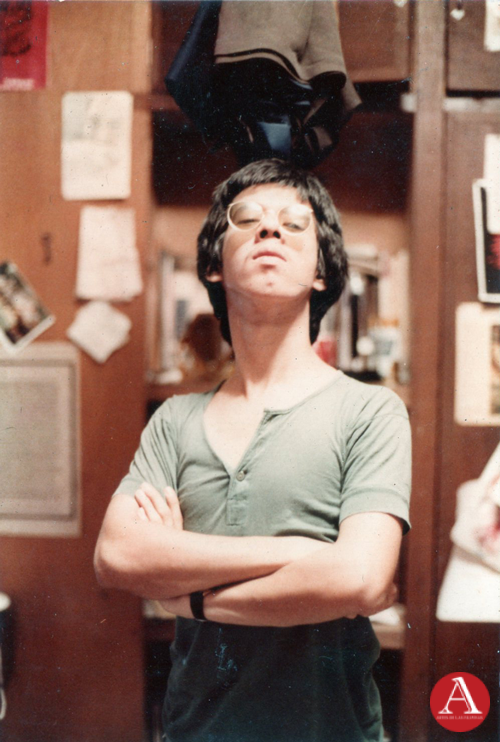 FEDERICO SIEVERT'S PORTRAITS OF HUMANISM
FEDERICO SIEVERT'S PORTRAITS OF HUMANISMJUNE 2024 – Federico Sievert was known for his art steeped in social commentary. This concern runs through a body of work that depicts with dignity the burdens of society to...
.png) FILIPINO ART COLLECTOR: ALEXANDER S. NARCISO
FILIPINO ART COLLECTOR: ALEXANDER S. NARCISOMarch 2024 - Alexander Narciso is a Philosophy graduate from the Ateneo de Manila University, a master’s degree holder in Industry Economics from the Center for Research and...
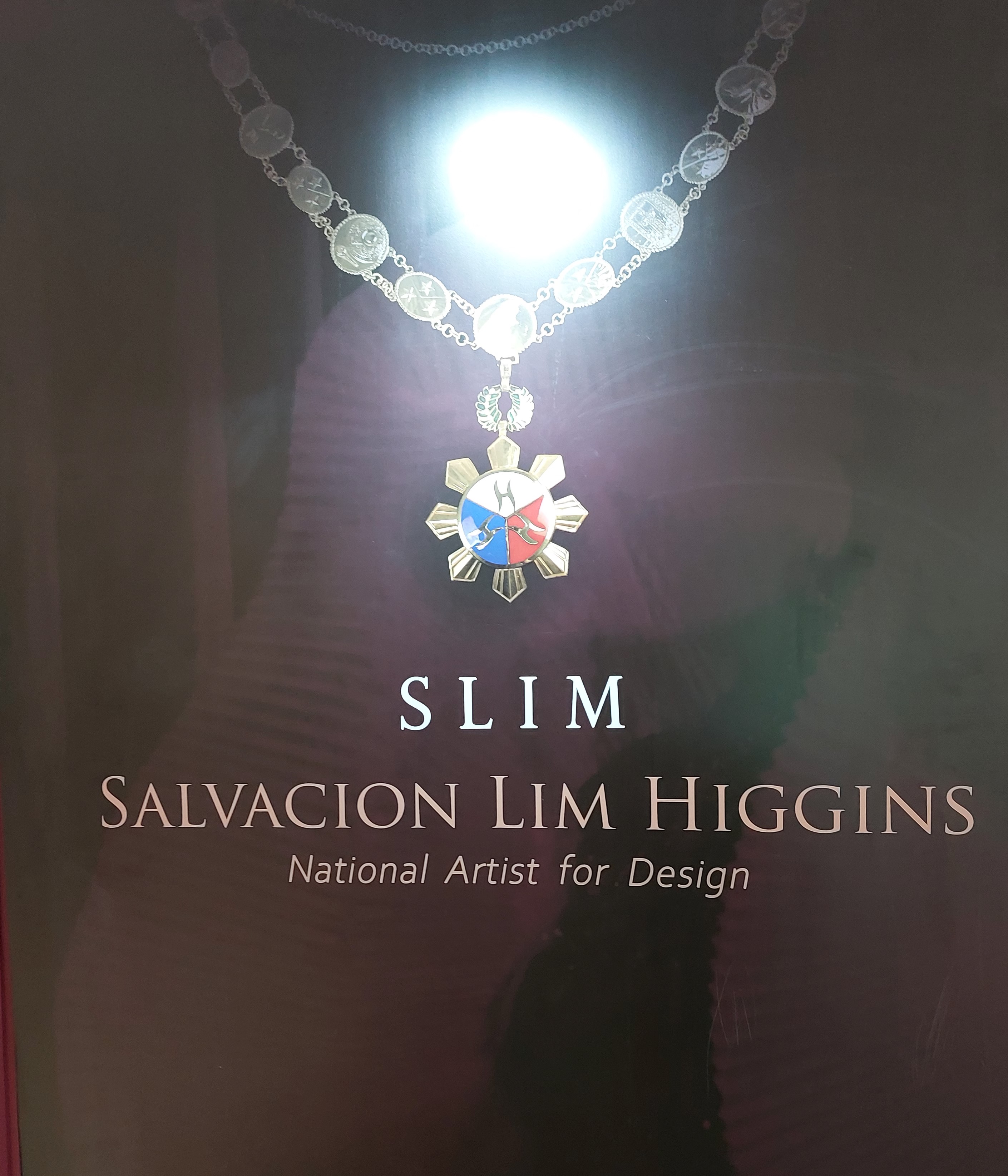 An Exhibition of the Design Legacy of Salvacion Lim Higgins
An Exhibition of the Design Legacy of Salvacion Lim HigginsSeptember 2022 – The fashion exhibition of Salvacion Lim Higgins hogged the headline once again when a part of her body of work was presented to the general public. The display...
 Jose Zabala Santos A Komiks Writer and Illustrator of All Time
Jose Zabala Santos A Komiks Writer and Illustrator of All TimeOne of the emblematic komiks writers in the Philippines, Jose Zabala Santos contributed to the success of the Golden Age of Philippine Komiks alongside his friends...
 Patis Tesoro's Busisi Textile Exhibition
Patis Tesoro's Busisi Textile ExhibitionThe Philippine Art Book (First of Two Volumes) - Book Release
April 2022 -- Artes de las Filipinas welcomed the year 2022 with its latest publication, The Philippine Art Book, a two-volume sourcebook of Filipino artists. The...
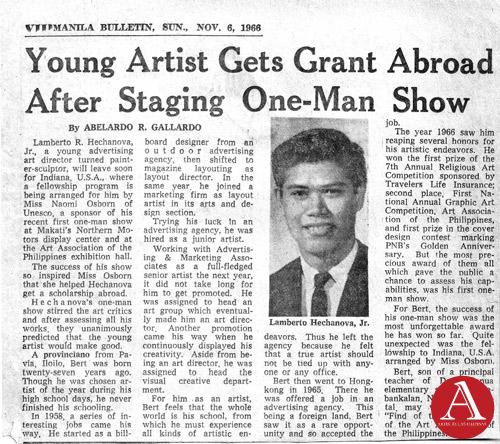 Lamberto R. Hechanova: Lost and Found
Lamberto R. Hechanova: Lost and FoundJune 2018-- A flurry of renewed interest was directed towards the works of Lamberto Hechanova who was reputed as an incubator of modernist painting and sculpture in the 1960s. His...
 European Artists at the Pere Lachaise Cemetery
European Artists at the Pere Lachaise CemeteryApril-May 2018--The Pere Lachaise Cemetery in the 20th arrondissement in Paris, France was opened on May 21, 1804 and was named after Père François de la Chaise (1624...
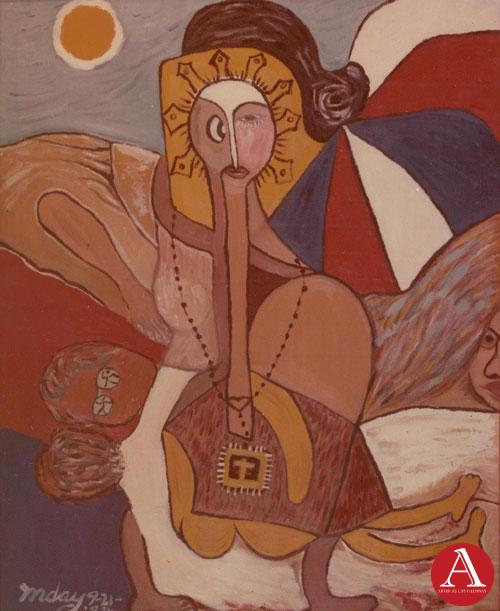 Inday Cadapan: The Modern Inday
Inday Cadapan: The Modern IndayOctober-November-December 2017--In 1979, Inday Cadapan was forty years old when she set out to find a visual structure that would allow her to voice out her opinion against poverty...
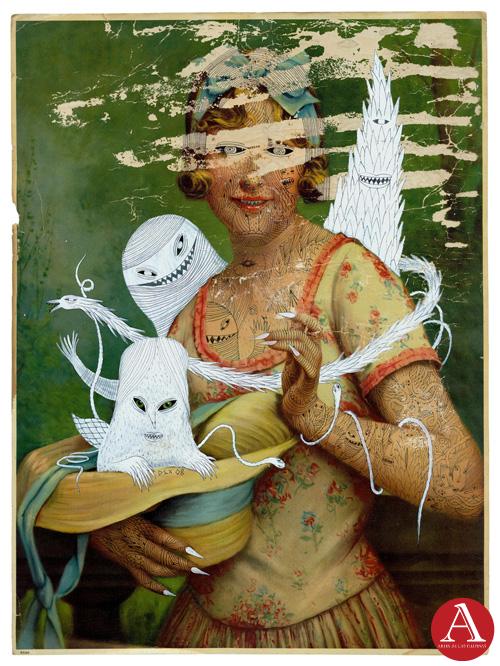 Dex Fernandez As He Likes It
Dex Fernandez As He Likes ItAugust-September 2017 -- Dex Fernandez began his art career in 2007, painting a repertoire of phantasmagoric images inhabited by angry mountains, robots with a diminutive sidekick,...




